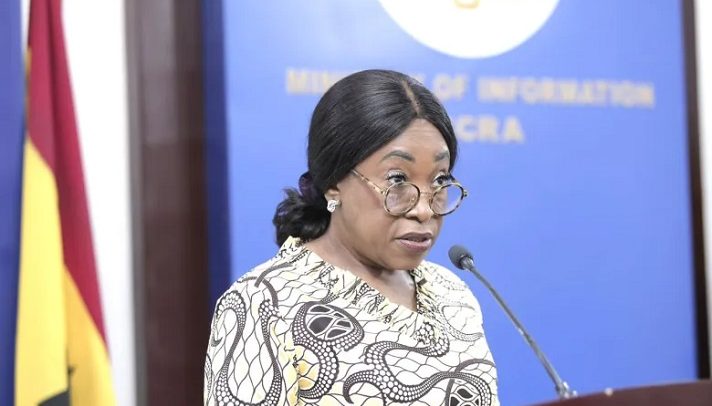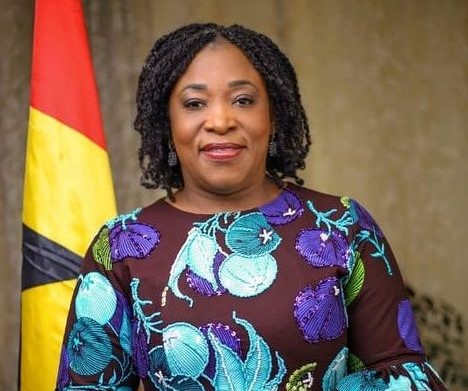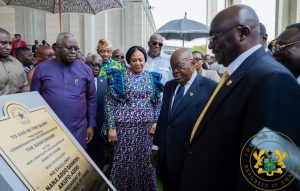
It is a good 63 years since the UN Secretary-General, Mr Dag Hammarskjold, was killed in a plane crash near Ndola (Northern Rhodesia, now Zambia). But attempts to solve the mystery surrounding the crash have not yielded much fruit.
That Hammarskjold, then the world’s Number One civil servant, could be killed just like that indicated that the world was not safe, especially for the leaders of the developing countries who looked up to the UN to save them from what they had detected as attempts by some of their former colonisers to reimpose a new form of colonialism – “Neo-Colonialism – on them.
You see, when the colonised African countries began to regain their nationhood in the late 1950’s and early 1960s, they did so in a world political framework which, they believed (wrongly), would protect their independence.
Their belief was based on the fact that before the struggle for independence gathered momentum, the (then) three “Great Powers” of the world – the United States, the Union of Soviet Socialist Republics (USSR) and Great Britain – had met in Yalta to work out how the victory they were gaining over Germany and its allies could be translated into long-lasting peace for the world after Germany’s defeat.
The “Great Powers” reinforced the optimism of the colonised peoples that the end of the Second World War would mean liberation for them, by proposing the formation of a new organization to be called “the United Nations. They proposed establishing this new organisation to replace the moribund “League of Nations”.
All the free nations of the world (of which only Ethiopia and Liberia came from Africa) attended a conference held between April 25 and June 26, 1945 in San Francisco, California, to work out how the UN idea could be implemented.
Altogether, representatives of 50 countries attended, with the result that hope was renewed that the post-war world would be an eternally peaceful one.
Thus, there was much rejoicing when the United Nations formally came into being on October 24, 1945, under a Charter that was voluntarily ratified by all those countries that had signed the document produced by the San Francisco conference.
These included, of course, the United States, the Soviet Union, the United Kingdom, France and China – the countries whose behaviour could influence the existence of peace or war in the world.
But the high hopes of the world were not realised. For each of the two “blocs” into which the post-war world was divided – the “eastern and Western blocs – secretly suspected that the UN could become the “instrument” of the other bloc. Their suspicions were based on a fear that in their mutual desire to win what had become an “ideological” War between Communism and Capitalism, the resources of the post-war world could be “cornered” and utilised to achieve military and economic “domination” by one bloc against the other.
So, distrust marked relations between the creators of the UN from the word go. Espionage against each bloc by the other provided them with evidence that they were indeed engaged in an “undeclared” or “cold war”.
To reduce the mistrust a bit, small countries considered to be relatively “neutral” were selected to provide the head of the person who would head the new “World Organisation” – the UN Secretary-General.
The first of these, for instance, was Trygve Lie, a former Foreign Minister of Norway. But he was a bad choice for the McCarthy anti-Communist movement in the USA, as it was soon to smear him as a “Soviet sympathiser.” This was ironical as the spies of the USSR told that country that Mr Lie was in fact an American “agent”.
The position of Trygve Lie became impossible when an actual “hot” war broke out in Korea in 1952. He resigned in November of that year. Supporters of the UN hoped that Trygve Lie’s difficulties would serve as a warning to the Great Powers not to try to recruit the Secretary-General to their side, and leave him alone to serve the interests of the whole world, not those of a bloc.
The new man chosen was also – a Scandinavian!
He was a Swede called Dag Hammarskjold.
Initially, Hammarskjold seemed to enjoy the confidence of both sides. But a crisis broke out in the Congo in mid-1960.
The Congo had won its independence from its coloniser, Belgium, on June 30, 1960, in much the same way that Ghana had won its sovereignty from the UK in 1957, and several French colonies had won theirs between 1957 and 1960.
But Belgium, which had colonised the Congo for many years, granted independence to the Congo under false pretenses. Belgium had, in fact, cynically pre-determined that independence should lead immediately to anarchy in the Congo. That would prove to the word that the Congo was “not ready” for independence, and that Belgium had a duty to “go back to restore order” in its former colony and save the lives of its riotous populace.
The plan was executed like this: on the day of independence, the Belgian commander of the Congolese army (the “Force Publique”) deliberately provoked the Congolese troops under his command by telling a parade that the situation “after independence” was going to be the same as “before independence”. Now, the Congolese troops had, of course, understood independence to mean that Congolese officers would take over from Belgian officers, the Force Publique. The Belgian commander’s words, thus, incited them to immediate mutiny.
The country was thrown into chaos. Independent African states, led by President Kwame Nkrumah of Ghana, detected that the mutiny had been provoked as a stratagem to enable Belgium to send Belgian paratroopers into the Congo to “restore order” and “save the lives” of Belgian citizens who had been persuaded to stay and work in the Congo.
The African group at the UN, backed by the Non-aligned nations, therefore, requested the United Nations to send a Peacekeeping force to intervene to save the Congo from Belgian recolonisation.
However, Belgium and its allies did not want the UN Peacekeeping force to replace the Belgian troops to operate in the Congo, but rather to work alongside the Belgians. Thus, the troops the UN sent were often under the command of officers who were sympathetic to the Belgian viewpoint of affairs in the Congo. Soon, it became evident that the Belgian invasion of the Congo was achieving its objectives under the very noses of the UN Peacekeeping force, and that the UN force was becoming a “smokescreen” for Belgium’s reconquest of the Congo as a colony.
TO BE CONTINUED
BY CAMERON DUODU
The post The clamour for the truth on who killed UN Secretary-General Dag hammarskjold continues appeared first on Ghanaian Times.
Read Full Story









Facebook
Twitter
Pinterest
Instagram
Google+
YouTube
LinkedIn
RSS